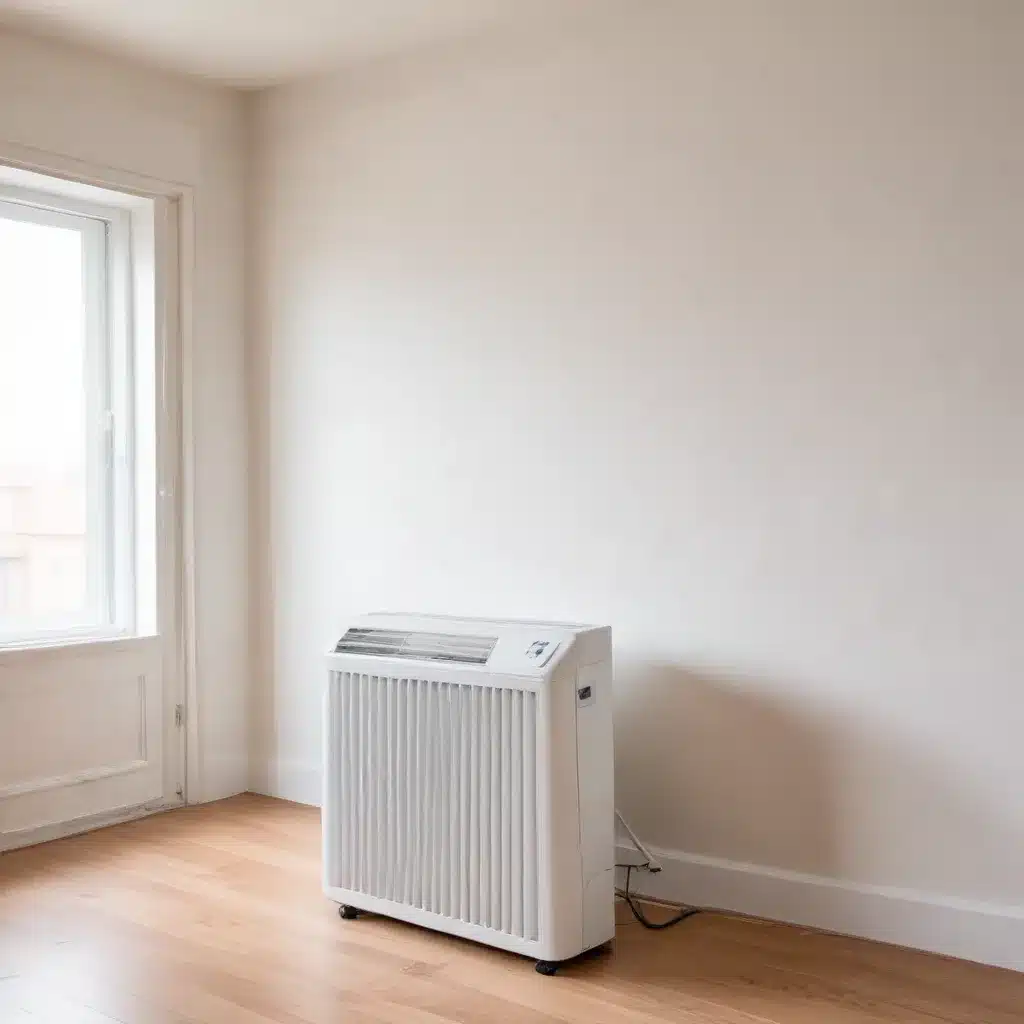
Understanding Indoor Air Quality (IAQ)
Indoor air quality (IAQ) is a crucial aspect of maintaining a healthy and comfortable living and learning environment. The air we breathe within our homes, schools, and other buildings can have a significant impact on our overall well-being, from respiratory health to productivity and comfort. Poor IAQ can lead to a range of problems, including headaches, allergies, fatigue, and even long-term conditions like asthma or respiratory illnesses.
At Stanley Park High School, we recognize the importance of ensuring our students, staff, and community members can breathe easy. This article will explore strategies for monitoring and improving indoor air quality, empowering you with the knowledge and tools to create a healthier environment for all.
Identifying Indoor Air Pollutants
Indoor air can be polluted by a variety of sources, including:
- Volatile organic compounds (VOCs) from household products, furniture, and building materials
- Particulate matter from dust, pet dander, and combustion sources
- Biological contaminants like mold, mildew, and bacteria
- Carbon monoxide and other gases from fuel-burning appliances
- Radon, a naturally occurring radioactive gas
Exposure to these pollutants can have both short-term and long-term health effects, making it crucial to understand and address them.
Monitoring Indoor Air Quality
Regularly monitoring your indoor air quality is the first step in improving it. There are several ways to do this:
Air Quality Monitoring Devices
Consider investing in an indoor air quality monitor that can detect various pollutants, such as particulate matter, VOCs, and carbon dioxide. These devices can provide real-time data on your home’s air quality, helping you identify problem areas and track the effectiveness of your improvement strategies.
Radon and Carbon Monoxide Testing
Radon and carbon monoxide are invisible, odorless gases that can be deadly in high concentrations. Conduct regular testing to ensure your home is safe, and take immediate action if elevated levels are detected.
School-Wide Monitoring
At Stanley Park High School, we are committed to proactively monitoring the indoor air quality throughout our campus. By regularly assessing air quality in classrooms, common areas, and other facilities, we can identify and address any issues that may arise, ensuring a healthy learning environment for all.
Improving Indoor Air Quality
Once you have a clear understanding of your indoor air quality, you can implement strategies to improve it. Here are some effective approaches:
Source Control
Identifying and eliminating the sources of indoor air pollutants is often the most effective way to improve IAQ. This may involve:
- Choosing low-VOC or VOC-free products for painting, furniture, and cleaning
- Properly storing and disposing of hazardous chemicals
- Maintaining and upgrading fuel-burning appliances to reduce emissions
- Addressing moisture issues and mold growth
Ventilation and Filtration
Improving ventilation and air filtration can help dilute and remove indoor air pollutants. Consider the following strategies:
- Opening windows and doors to increase natural ventilation when outdoor air quality is good
- Ensuring your HVAC system is properly maintained and equipped with high-efficiency filters
- Installing mechanical ventilation systems, such as heat recovery ventilators, to bring in fresh outdoor air
- Using portable air purifiers equipped with HEPA filters to capture small particulates
Humidity Control
Maintaining the right balance of humidity in your indoor spaces is essential for preventing the growth of mold and mildew, which can contribute to poor air quality. Use dehumidifiers or humidifiers as needed to keep indoor humidity levels between 30-50%.
Cleaning and Maintenance
Regular cleaning and maintenance of your home or school can have a significant impact on indoor air quality. Dust and vacuum frequently, clean surfaces, and address any water leaks or moisture issues promptly to discourage the growth of mold and other biological contaminants.
Taking Action at Home and School
Improving indoor air quality is a collaborative effort, and we all have a role to play. As a school community, we are committed to monitoring and enhancing the air quality throughout our facilities, but we also encourage families to take steps at home.
Here are some ways you can get involved:
- Utilize the school’s IAQ monitoring program and reports to stay informed about the air quality on campus
- Communicate any concerns or issues you notice at home or school to the appropriate authorities
- Implement the IAQ improvement strategies discussed in this article within your own home
- Educate your children about the importance of indoor air quality and encourage them to be conscious of their environment
By working together, we can create a healthier, more comfortable learning and living environment for all. Visit https://www.stanleyparkhigh.co.uk/ to learn more about our commitment to indoor air quality and other initiatives that support the well-being of our community.
Remember, breathing easier is within our reach when we take proactive steps to monitor and improve the air we breathe. Let’s work together to create a healthier, more sustainable future for our students and our community.
Conclusion
Maintaining good indoor air quality is essential for the health and well-being of students, staff, and families. By understanding the sources of indoor air pollution, regularly monitoring IAQ, and implementing targeted improvement strategies, we can create a safer, more comfortable environment that supports learning, productivity, and overall quality of life.
At Stanley Park High School, we are dedicated to ensuring our community can breathe easier. Through our ongoing efforts to monitor and enhance indoor air quality, we are committed to providing a healthy and sustainable learning environment for all. We encourage you to join us in this mission by taking action at home and collaborating with the school to address any IAQ concerns.
Together, we can create a future where everyone can breathe easier, thrive, and reach their full potential. For more information or to get involved, please visit https://www.stanleyparkhigh.co.uk/.

